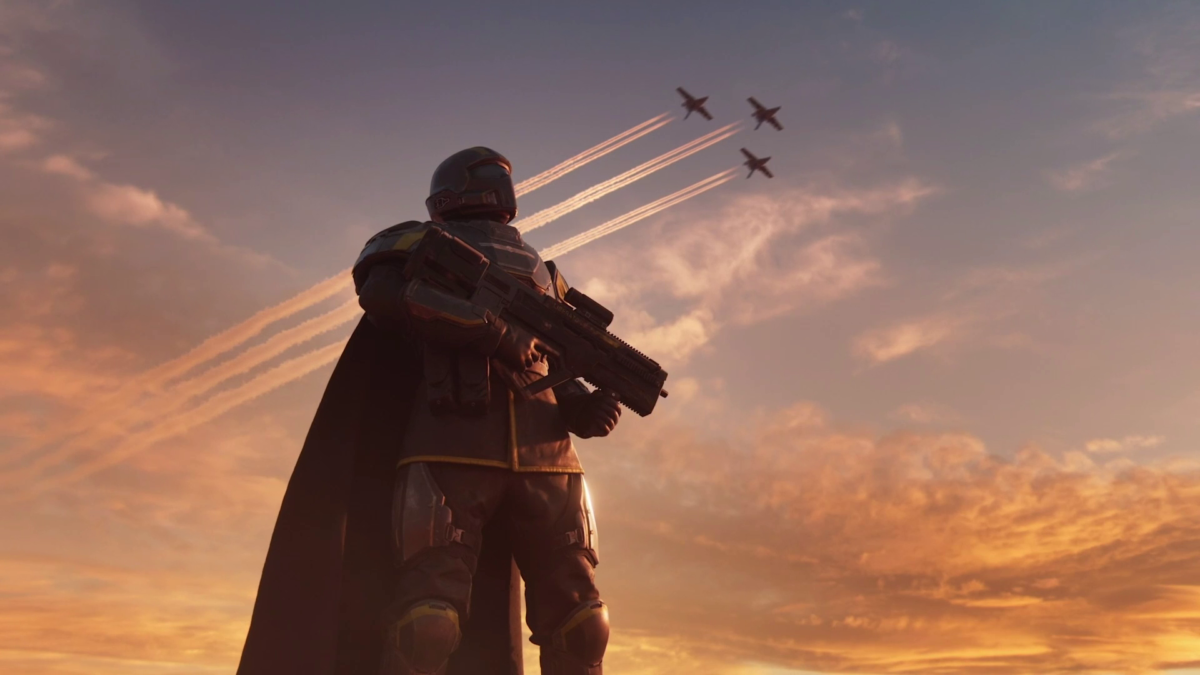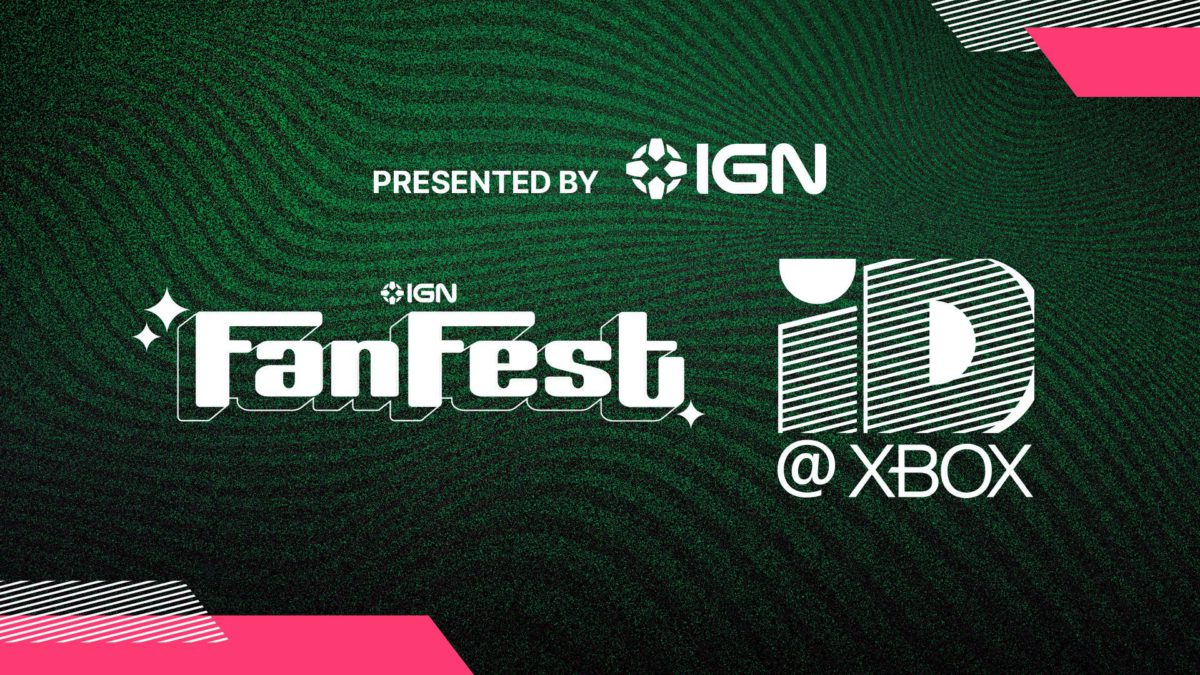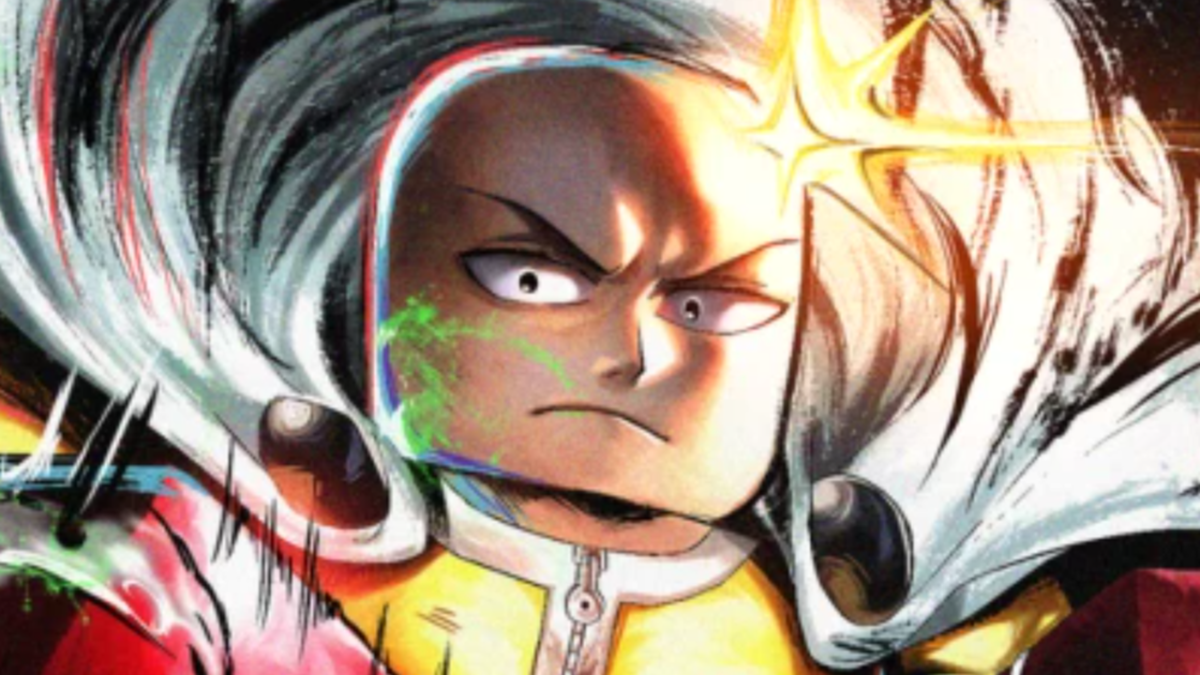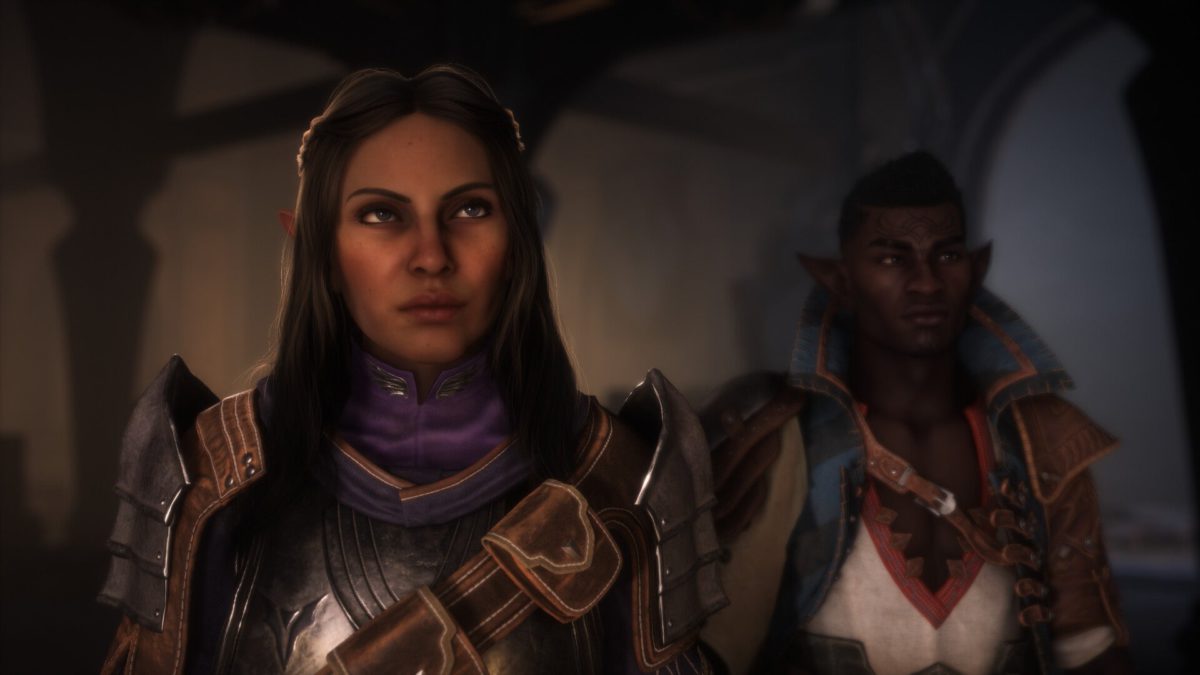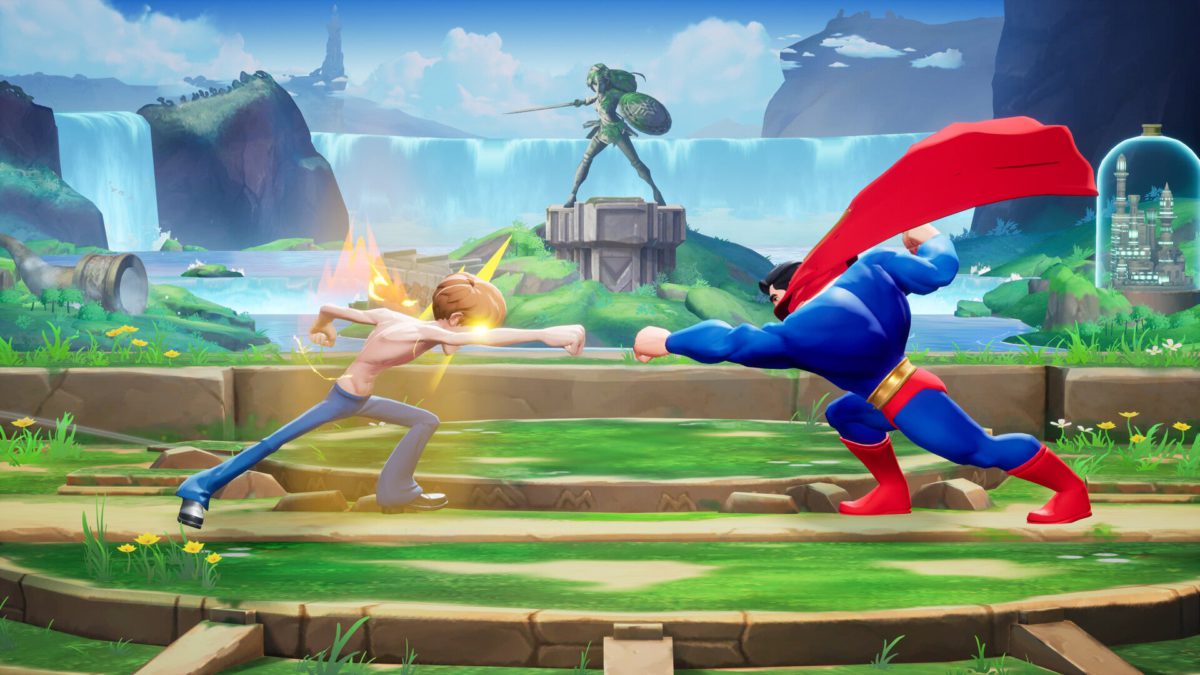
Arrowhead has released Helldivers 2‘s first big update of 2025, making a number of important changes to the game.
Patch 01.002.101, out now, increases the duration of the gas status effect from spray weapons, returns the ability to emote while flying or ragdolling, and makes a number of other balance changes and fixes.
Helldivers 2 is nearing its first anniversary, and with the arrival of the Illuminate enemy faction breathing new life into the game, players are wondering what’s next in the ongoing meta narrative that is the Galactic War. Fans also suspect this update sneakily adds new content as well as the balance changes and fixes, given it weighs in at over 5GB.
And it’s worth highlighting this particular change, just because it’s so… troubling!
- Fixed a small visual bug with the Stalker’s tongue (you don’t want to know what it took to fix it)
Helldivers 2 update 01.002.101 patch notes:
Balancing
General Changes
- The duration of the gas status effect from spray weapons has been increased from 6 to 10 sec
- Implemented a timer for the Illuminate dropship wreckages to despawn to prevent them from obstructing paths in the colonies
Helldiver
- The Ministry of Humanity has added a clause to its Principles of Correct Posture for Safe Lifting, now allowing Helldivers to jog while carrying two-handed items such as barrels and SEAF Artillery Rounds
FRV
- Helldivers have now also been authorized to deploy grenades and stratagems while leaning out from the FRV
- Tuned FRV handling for a better driving experience when cornering
Sidearms
- Starting magazines increased from 2 to 3
- Spare magazines increased from 4 to 5
Stratagem Support Weapons
TX-41 Sterilizer
- Removed the crosshair drift recoil
- Decreased the camera climb recoil
- The duration of the gas status effect from spray weapons has been increased from 6 to 10 sec
Armor Passives
- After hearing player feedback, we have decided not to fix a bug with the Siege Ready Armor Passive which gives more ammo to all magazine-based weapons, instead of just primary weapons as described. We will eventually update the Armory description to reflect this but for now we’re evaluating if it’s causing any other additional unforeseen bugs
Backpacks
AX/TX-13 “Guard Dog” Dog Breath
Has been reworked to increase its effectiveness and to ensure it remains distinct, focusing on its unique gas-based mechanics.
- It will now preserve ammo by only prioritizing enemies unaffected by the gas status effect. Once an enemy is affected by gas the drone will move on and target another unaffected enemy
- The targeting logic has been reworked to prevent the drone from roaming too far. The origin of the targeting will be from the Helldivers position rather than the drone itself
- The targeting range has been increased from 10 to 20m
- The duration of the gas status effect from spray weapons has been increased from 6 to 10 sec
Stratagems
MD-6 Anti-Personnel Minefield
- Cooldown decreased from 180 to 120 sec
- Damage increased from 350 to 700
- The deployment spread of mines has been increased by 20% to minimize the risk of chain explosions
MD-I4 Incendiary Mines
- Cooldown decreased from 180 to 120 sec
- Damage increased from 210 to 300
- The deployment spread of mines has been increased by 20% to minimize the risk of chain explosions
MD-17 Anti-Tank Mines
- Cooldown decreased from 180 to 120 sec
SH-20 Ballistic Shield Backpack
- Now blocks melee attacks until it breaks from taking enough damage
Fixes
Resolved Top Priority issues:
- You can once again emote while falling or ragdolling! It should no longer reduce fall damage, but you’ll be able to freely express yourself as you fall to your imminent death or severe injuries – Nothing a stim can’t fix!
- Fixed Illuminate spawner ship shields not taking impact grenade damage
- Fixed an issue with collision gaps inside the Illuminate spawner ship, preventing grenades thrown in close proximity to the door from destroying the ships
- Health packs now fully restore all of the Helldiver’s stims
- High damage weapons will now detonate spawned Hellbombs on the map
Crash Fixes, Hangs and Soft-locks:
- Fixed a crash that occurred when aborting missions with the Democracy Space Station effects active on them
- Fixed a crash that could occur when hot-joining a mission on a planet with the Democracy Space Station present
- Fixed a crash caused by quickly switching between different emotes before another client interacted with the emoting player
- Reduced the chance for crashes caused by fires
- Fixed a rare crash that occurred at the end of the drop-in sequence when hot-joining a game in session
- Fixed a crash that occurred when the player returned to the ship while reloading their primary weapon
- Fixed a soft-lock during drop-in when the host left or disconnected the session right after loadout
- Fixed a crash that occurred when repeatedly changing armor pieces in the armory
- Fixed a crash that occurred after finishing the tutorial and after naming your Destroyer
- Fixed a crash that occurred during extraction
- Fixed a crash that occurred when returning to the ship during heavy projectile fire
- Fixed a crash for clients when the host was holding a carryable objective and quit the game
- Fixed a crash that could occur when a player left the game when an encounter started
- Fixed a crash that could occur when changing text language
- Fixed a crash that could occur when reloading the SG-20 Halt
Social Issues & Matchmaking
- Improved the matchmaking logic to better match players with players from nearby regions
- You’ll now be more likely to get matched with the same difficulty lobbies as the one you have currently selected
- Fixed an issue where the chat history was cleared when going to a mission and returning from it
Weapons and Stratagems
- Opening and closing the text chat while in an emplacement now allows the player to remain in the emplacement instead of switching to their weapon
- Fixed Arc weapons not reliably hitting the Impaler’s tentacles if aimed at the lower parts of the tentacle
- The E/AT-12 Anti-Tank Emplacement now has the correct armor penetration tag in the ship menu
- Stratagem turrets will no longer target Illuminate Tesla Towers
- Fixed a visual bug where heat weapons would show numbers over the progress bar in the weapon wheel menu
- Melee weapons should no longer send civilian cars and other objects in the world flying long distances
- B-1 Supply Pack will now once again provide stims to other players. Remember Helldiver, sharing is caring!
- Fixed a bug where players could get stuck in the E/AT-12 Anti-Tank Emplacement after depleting all of its ammunition
FRV
- Following an investigation into the effects of severe survivorship bias during FRV Impact Testing, all FRVs have been reinforced. Minor parking mishaps will no longer result in catastrophic FRV explosions
- General improvements to the FRV camera to make it look cooler and prevent it from getting stuck underground when driving downhill. Absolute cinema!
- Reduced the chance FRVs get dropped on rooftops when being called in
- The FRV movement key bindings should now accept non-QWERTY keyboard inputs
- Fixed a bug where some enemies such as the Brood Commander was launched away further than intended when hit by the FRV
Helldiver
- Fixed an issue where player ragdolling into the FRV would cause the vehicle to be yeeted into space
- Fixed an issue preventing Helldivers from climbing and vaulting over civilian cars
- Helldivers should no longer slide around on the ground after ragdolling from a blast (despite it being the year of the snake)
- Fixed an issue where ragdolling into shallow water caused a stuck prone gliding animation
- Fixed an issue where the Helldiver was not playing the sample pick up animations
Enemies
- Fixed a small visual bug with the Stalker’s tongue (you don’t want to know what it took to fix it)
- Fixed an issue where enemies wouldn’t react to missed shots from projectiles or melee attacks near them
Miscellaneous Fixes
- Fixed an issue where clients would trigger the wrong audio when waiting for the host to join the loadout
- Fixed an issue of Helldivers exiting the hellpod right after readying up and before transitioning to the loading screen
- Fixed an issue of civilians being blocked from finding the shuttle door during Emergency Evacuation missions
- Purple question marks should be encountered less frequently during Illuminate missions on Sandy and Arctic planets
- Fixed the floating head syndrome affecting Helldivers donning the AC-2 Obedient armor while using certain helmets
- Fixed a bug that was introduced in December where weapons with lower armor penetration than the target’s armor incorrectly dealt one (1) damage rather than zero (0), resulting in misleading visual feedback and negligible extra damage to enemies and Helldivers alike
- Enemies will now start sinking into the ground when killed near terminals or the extraction point, preventing players from being physically blocked
Known Issues
Top Priority:
- Black box mission terminal may be unusable if it spawns clipped into the ground
- Stratagem balls bounce unpredictably off cliffs and some spots
- Balancing and functionality adjustments for DSS
- Pathfinding issues in Evacuate Colonists Illuminate missions
- Dolby Atmos does not work on PS5
Medium Priority:
- Players can get stuck on Pelican-1’s ramp during extraction
- Explosives can cause Helldivers hidden behind terrain to ragdoll
- Currently equipped capes don’t display properly and show a blank grey cape in Armory tab
- Players who use the “This is Democracy” emote on their ship might unintentionally send their fellow Helldivers on unauthorized unscheduled spacewalks
- AX/TX-13 “Guard Dog” Dog Breath does not show when it is out of ammo
- The Barrager Tanks turret has armor 0 and no weak spots
- Higher zoom functions do not zoom the camera in through the scope on the LAS-5 Scythe
- Weapons with a Charge-up mechanic can exhibit unintended behavior when firing faster than the RPM (Rounds Per Minute) limit
Wesley is the UK News Editor for IGN. Find him on Twitter at @wyp100. You can reach Wesley at wesley_yinpoole@ign.com or confidentially at wyp100@proton.me.

